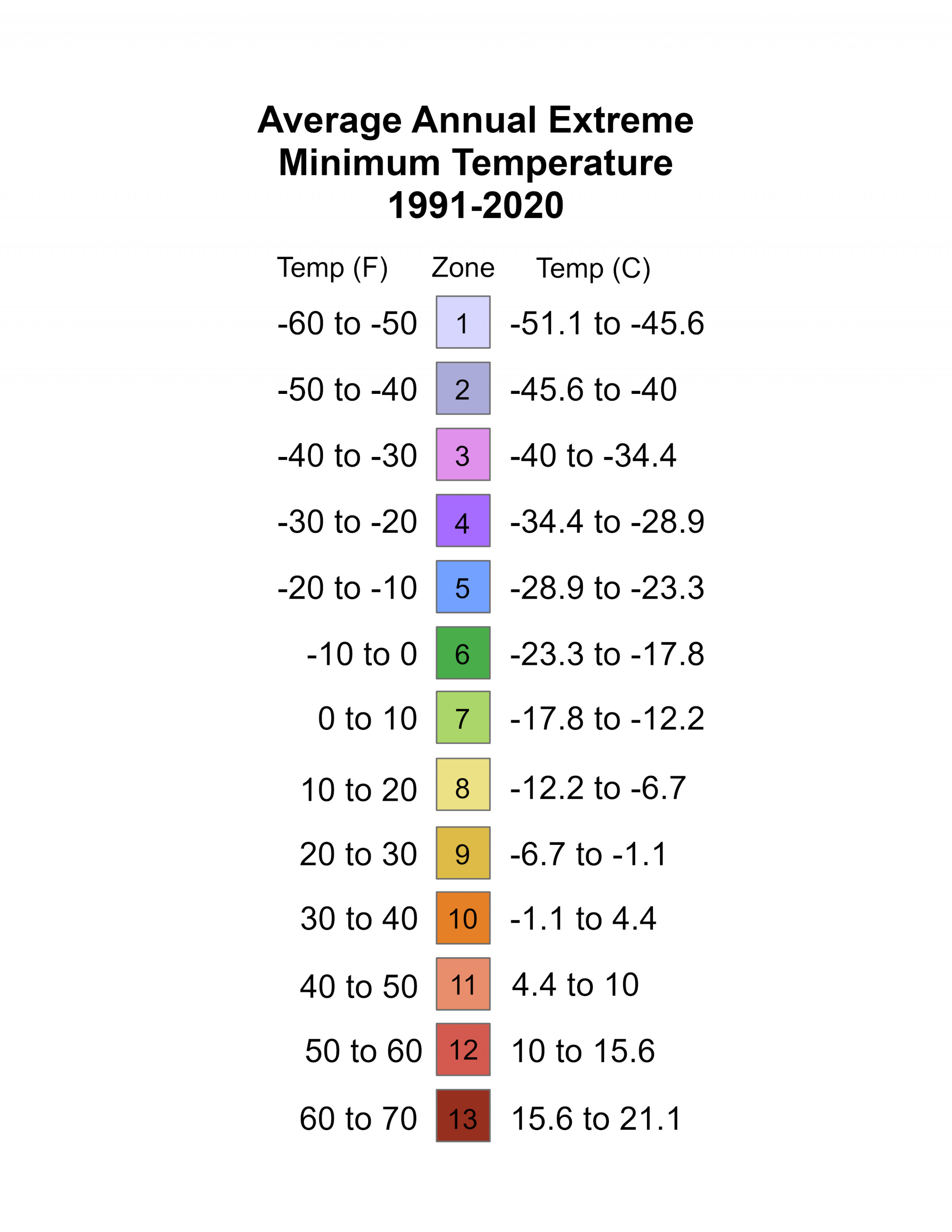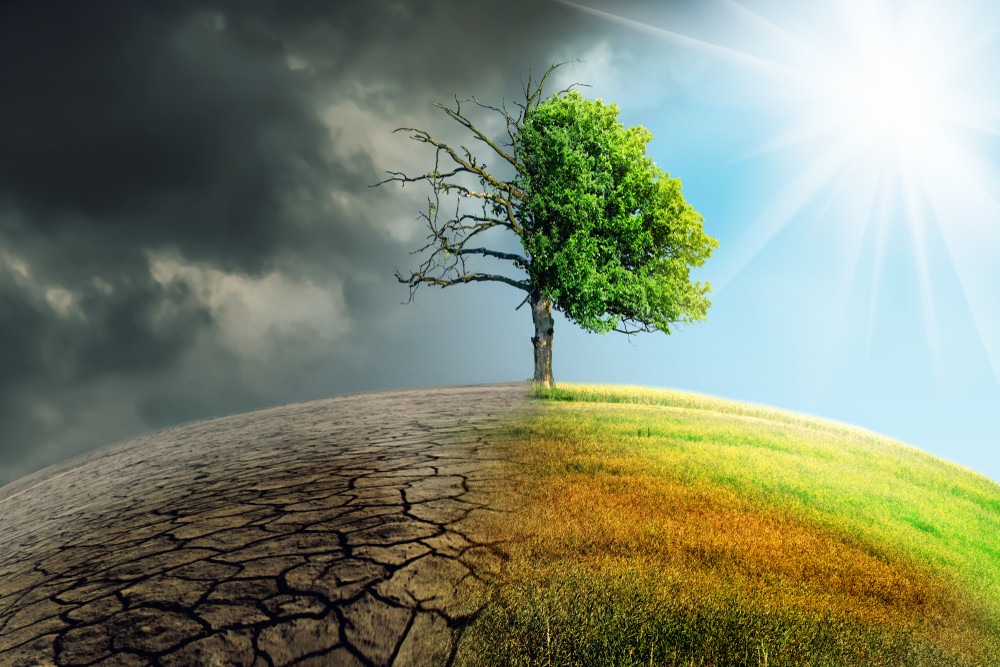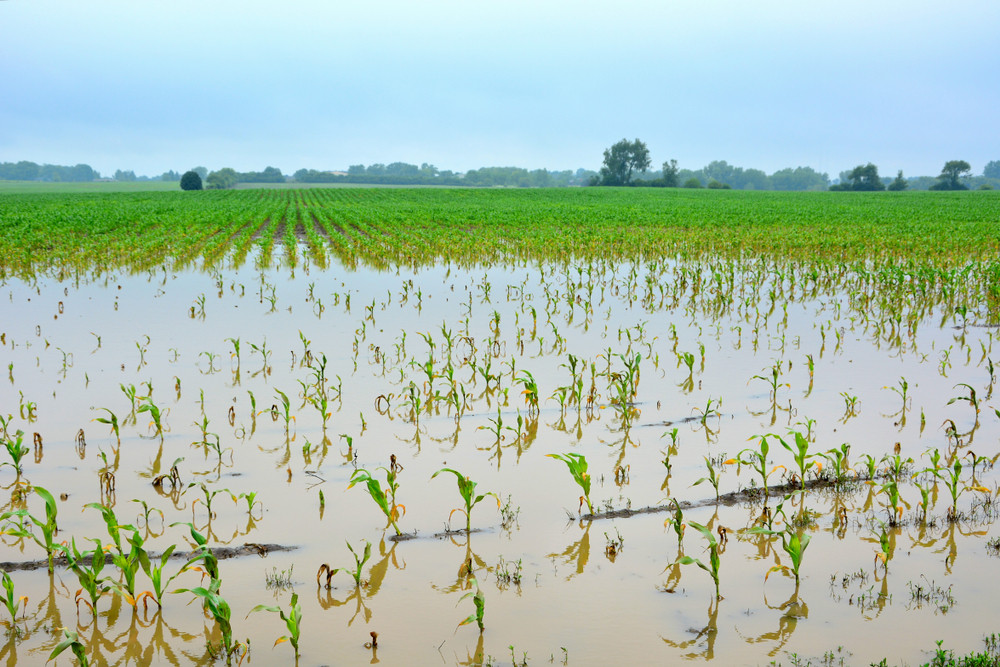Understanding US Hardiness Growing Zones

A Guide for Gardeners
Gardening in the United States is both an art and a science, largely influenced by the country's diverse climate. From the frosty chill of Alaska to the balmy warmth of Florida, what you can grow successfully varies dramatically. This is where understanding the USDA Plant Hardiness Zone Map becomes invaluable for gardeners. The map, updated periodically by the United States Department of Agriculture, divides the country into zones based on the average annual minimum winter temperature. Here's what you need to know to navigate these zones and make the most of your garden.
What Are Hardiness Zones?
Hardiness zones are geographical areas defined by climatic conditions, specifically the coldest temperatures, which help gardeners and farmers determine which plants are most likely to thrive in their location. The USDA map divides the United States into 13 primary zones, each representing a 10°F temperature difference. These zones are further subdivided into "a" and "b" segments to offer a more precise 5°F distinction.

How to Use the Zone Map
-
Find Your Zone: The first step is to locate your specific hardiness zone by checking the USDA map or using an online tool where you input your ZIP code.
-
Choose the Right Plants: Once you know your zone, select plants that are rated for it. If you're in Zone 5, for instance, look for plants labeled as hardy to Zone 5 or lower.
-
Consider Microclimates: Your garden may have microclimates, small areas where the climate differs from the surrounding area. Factors like elevation, proximity to water, and urban heat can affect these, so adjust your plant choices accordingly.
-
Seasonal Adjustments: Remember, the hardiness zone map does not account for the last frost dates in spring or the first frost dates in fall. These are crucial for planting times for annuals and vegetables. Consult local resources for this information.
Tips for Gardening Across Different Zones
-
Cold Climates (Zones 1-4): Focus on perennials that can withstand severe winters. Consider using cold frames or greenhouses to extend the growing season for vegetables and annuals.
-
Temperate Climates (Zones 5-7): You have a wide variety of plants that can flourish, from deciduous trees to perennial flowers. Fall planting can ensure that plants establish roots for spring growth.
-
Warm Climates (Zones 8-11): Opt for plants that can tolerate heat and humidity. In the hottest areas, look for drought-resistant plants and utilize shade cloth to protect sensitive plants from intense sun.
-
Tropical Climates (Zones 12-13): Embrace tropical fruits, lush foliage, and vibrant flowers. Be mindful of the need for ample water and the potential for pest issues due to the year-round growing season.
The Impact of Climate Change on USDA Hardiness Zones
Climate change, driven by increased greenhouse gas emissions, has led to global warming, which, in turn, has caused a range of environmental alterations, including shifts in weather patterns, more extreme weather events, and rising average temperatures. One of the manifestations of these changes is the noticeable shift in USDA Hardiness Zones. As these zones are based on the average annual minimum winter temperature, even slight increases in temperature can result in a zone's boundaries moving northward or becoming wider.

In 2023, significant adjustments were observed in these zones, highlighting the rapid pace of climate change. For instance, areas that were once considered too cold for certain crops and plants are now becoming suitable for cultivation. This shift can offer new opportunities for gardeners and farmers but also poses challenges and risks to local ecosystems, including the introduction of invasive species that can thrive in the warmer conditions.
Examples of Zone Shifts in 2023 Recent updates to the Hardiness Zone Map have shown northern states experiencing warmer average winter temperatures, leading to a northward shift of zones. This means that plants previously suited to the southern states can now be grown further north than ever before. However, this shift is not uniform across the country; while some areas are experiencing warmer winters, others may face increased variability, including colder snaps due to disrupted weather patterns.

The implications of these shifts are profound:
Agricultural Adaptation: Farmers must adapt to the changing conditions, potentially altering their crop selections and farming practices to accommodate new hardiness zones. This can also affect the planting and harvest schedules, with longer growing seasons becoming more common. Biodiversity and Ecosystems: Native plants and wildlife that have evolved to thrive in specific temperature ranges may struggle to survive these rapid changes, leading to shifts in local ecosystems and biodiversity loss. Invasive Species: Warmer conditions may encourage the spread of invasive species that can outcompete native flora and fauna, further disrupting ecosystems.
Looking Forward
The changes observed in 2023 are a clear indicator that climate change is not a distant threat but a current reality with tangible effects on our environment and agricultural practices. It is crucial for gardeners, farmers, and policymakers to take these shifts into account when planning for the future. By adopting more sustainable practices, such as choosing plants that are suited to changing conditions and implementing strategies to mitigate the impact of climate change, we can help protect our natural ecosystems and ensure food security.
Furthermore, the alteration of USDA Hardiness Zones serves as a reminder of the importance of ongoing research and monitoring to understand and predict the impacts of climate change. This knowledge is vital for developing adaptive strategies that can help mitigate the negative effects on agriculture and biodiversity.

Conclusion
The shifting of USDA Hardiness Zones in 2023 due to climate change underscores the urgent need for adaptation in gardening and farming practices. These changes offer both challenges and opportunities, but they also serve as a stark reminder of the broader impacts of climate change on our planet. By staying informed and adopting sustainable practices, we can navigate these changes and work towards a more resilient and sustainable future.


